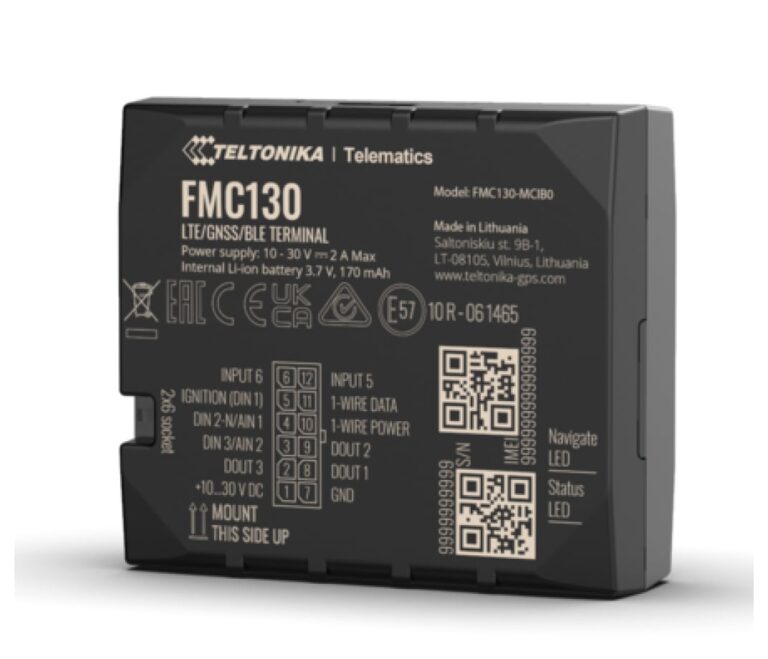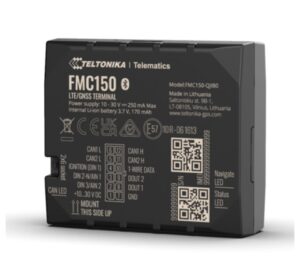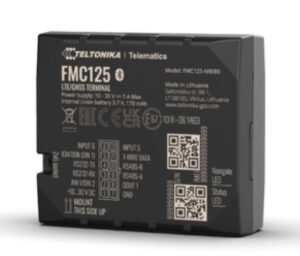
The world of telematics and IoT mobility is expanding rapidly, driven by the need for greater efficiency, cost reduction, and enhanced safety in transportation and logistics. Recent industry insights reveal numerous emerging trends and opportunities, especially in Southeast Asia and Thailand, which are quickly becoming key key markets for mobility solution providers.
Regional Growth Potential in Southeast Asia
Asia and Africa are estimated to have a combined annual demand for telematics device installations of up to 21.6 million units, a strong indicator of massive potential. This growth is fueled by several key factors:
- Sustainable Transport Movement: Many countries in the region are grappling with environmental challenges due to urban expansion. Singapore, for example, has committed to reducing carbon emissions by 2035. This shift is driving demand for IoT mobility solutions that support the transition to electric vehicles (EVs) and promote energy efficiency.
- Demand for Advanced Solutions: The market is evolving beyond basic location tracking. There is increasing demand for solutions that extract deep insights directly from vehicles via CAN Bus or OBD ports. These types of solutions still have plenty of room to grow in the region.
Technological Transition: A Turning Point for Providers
Technological transitions are a critical factor providers must monitor particularly the global phase-out of 2G/3G networks. A case study in Switzerland showed how logistics companies still using 2G devices experienced vehicle invisibility when entering countries that had shut down the legacy networks. This highlights the urgent need for Southeast Asian providers to adopt 4G-compatible devices to ensure uninterrupted tracking, especially for cross-border logistics.
Stable connectivity is also essential. Solutions like Dual SIM for automatic network switching or satellite communication in signal-blocked areas are quickly becoming new standards to address the region’s geographic challenges.
High-Value Services: Meeting Evolving Customer Needs
To stay competitive, service providers must offer solutions that solve real customer problems:
- Boosting Efficiency and Cutting Costs: Fuel accounts for nearly 30% of overall fleet operating expenses. Services that monitor driving behavior, such as engine idling can significantly reduce fuel consumption.
- Improving Safety: Theft remains a major concern. Backup tracking solutions using accessories like the EYE Beacon alongside primary trackers have proven effective in increasing vehicle recovery rates from under 75% to 99%.
- Supporting Environmental Operations: Using CAN Bus data to optimize delivery routes and reduce unnecessary fuel use not only lowers costs but also supports organizational and regional sustainability goals.
Emerging Trend: Data-Driven Advanced Devices
A key trend is the shift toward using devices that provide more than just GPS data. Solutions offering value-added insights are gaining popularity, especially models like the FMC130 and FMC150.

FMC130 – Flexibility for Control and Monitoring
This versatile device offers multiple capabilities. A case study in Brazil showed its use in monitoring idling and identifying drivers to reduce fuel usage. In Saudi Arabia, it was paired with CAN-CONTROL to manage EV rental fleets, enabling remote battery status monitoring and vehicle access control.
FMC150 – The Power of CAN Data
For businesses needing in-depth vehicle analytics, the FMC150 delivers. With a built-in CAN data processor and compatibility with over 2,000 vehicle models, it can collect critical metrics such as fuel level, mileage, and engine hours to help maximize operational efficiency.

Case Study: Evolving Regulations Unlock Opportunities in Thailand
In Thailand, regulatory factors are shaping the market. The Department of Land Transport (DLT) mandates that many commercial vehicles must install GPS systems and driver identification readers. This requirement is accelerating the shift from legacy devices to 4G LTE trackers that fully comply with regulations.

Devices like the FMC125 are specifically designed to meet Thailand’s needs:
- Driver ID Reader Connectivity: Supports RS232 port connection for driver authentication.
- Stable Data Transmission: Equipped with Dual SIM and full LTE band support to ensure continuous data delivery to DLT servers.
Conclusion
The future of IoT mobility in Thailand and Southeast Asia is full of potential, but not without challenges. Providers who can deliver reliable 4G solutions, offer deeper insights through devices like FMC130 and FMC150, address safety and environmental concerns, and stay compliant with local regulations will be best positioned to thrive in this high-potential market.
Reference: TELTONIKA Telematics Journal Vol.8 2025
